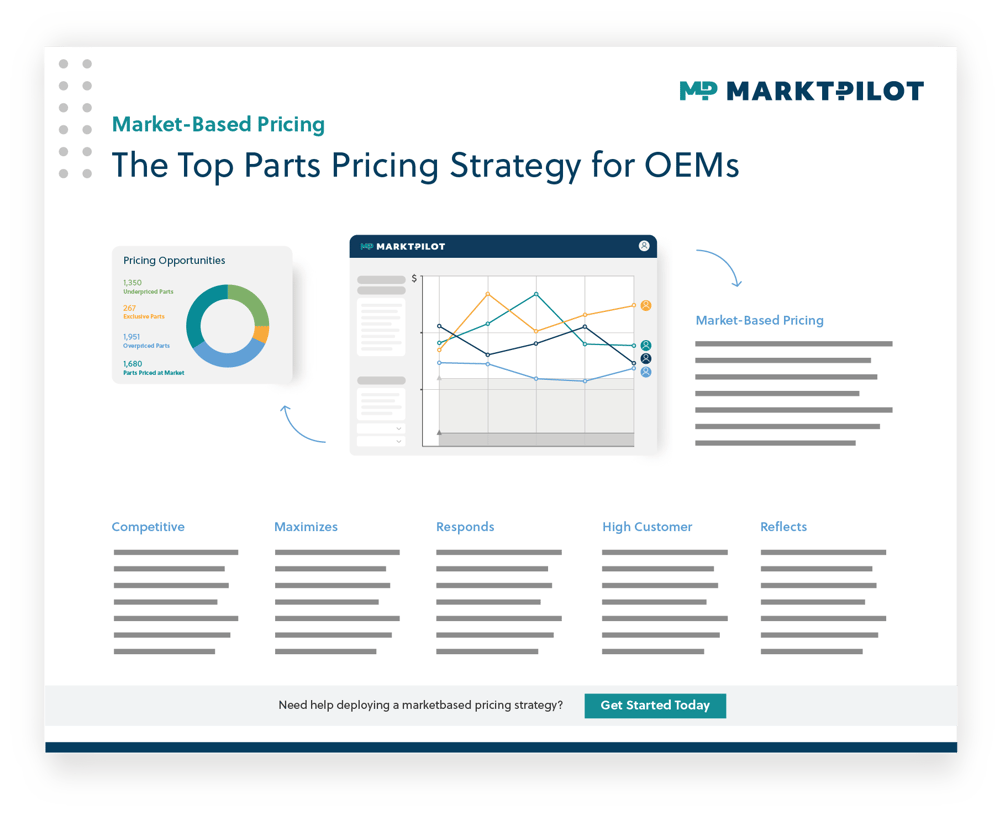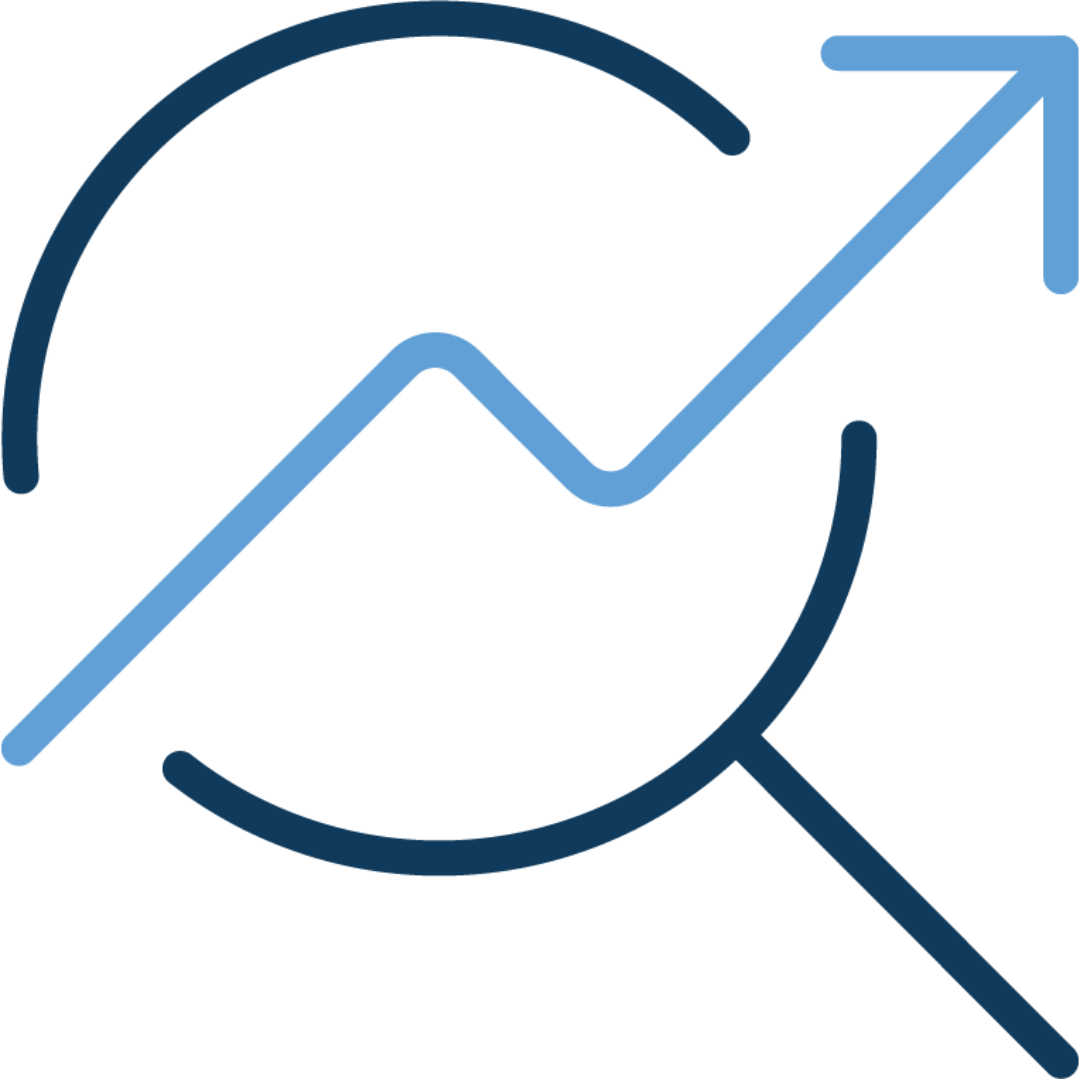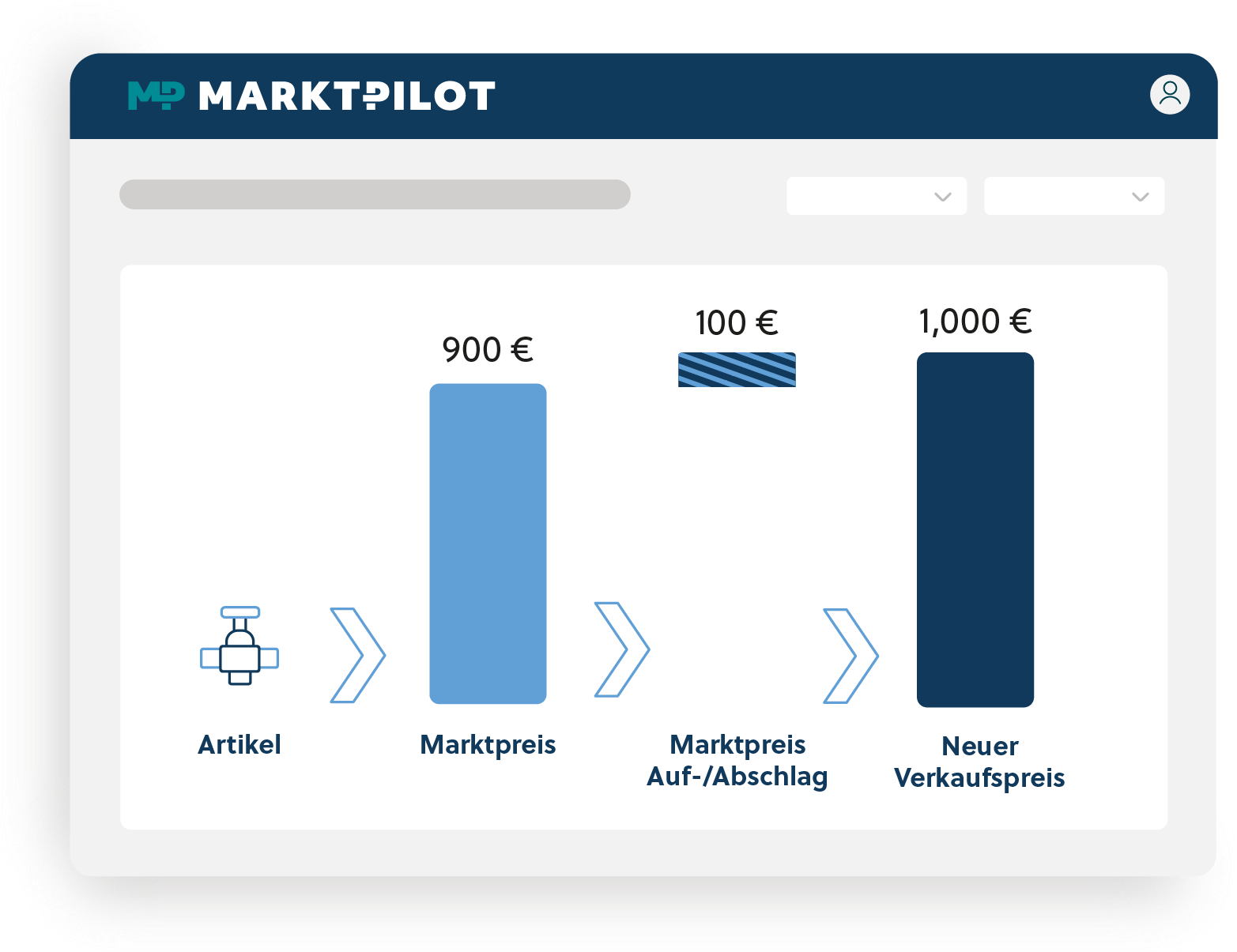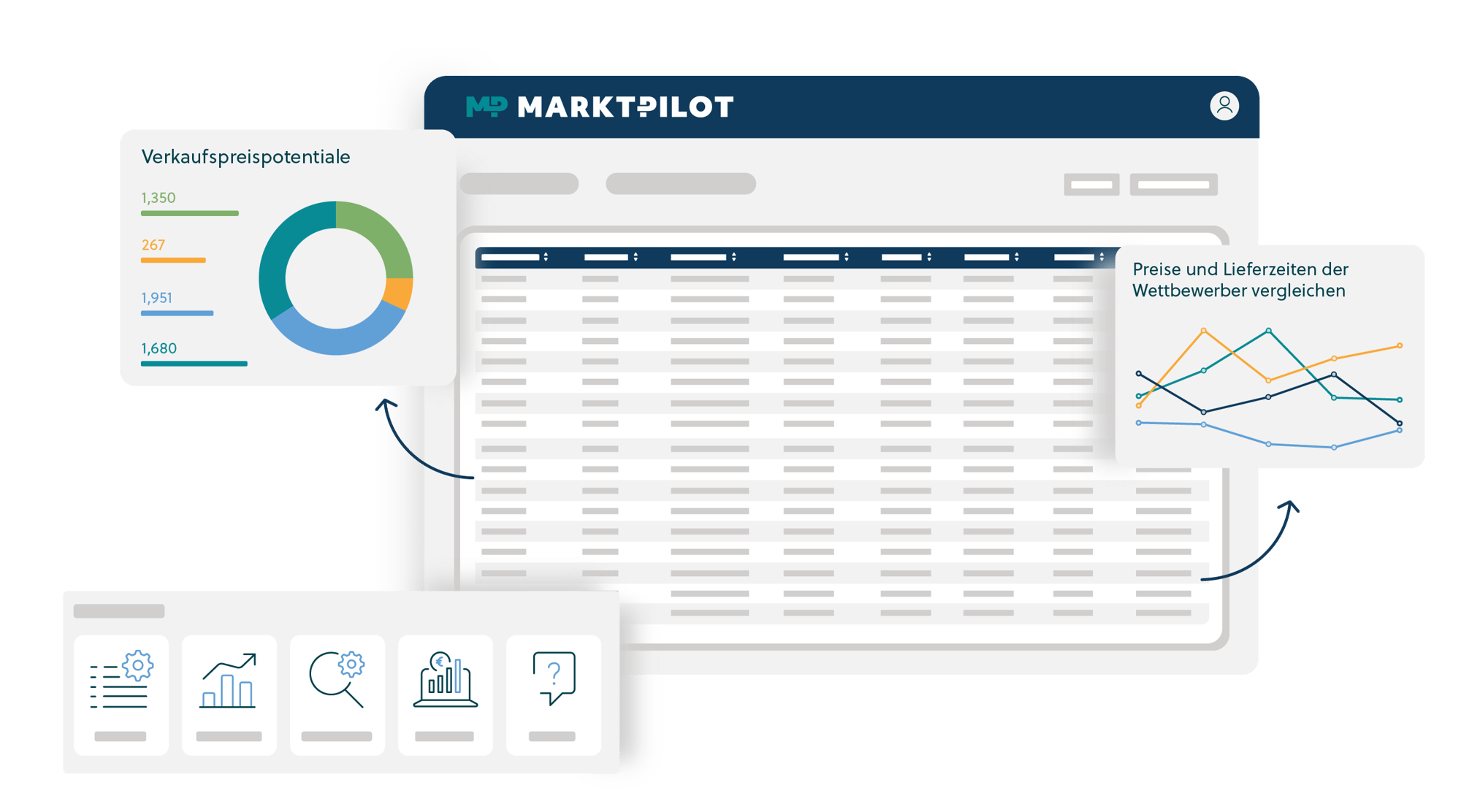A Brief Overview of Market-Based Pricing Strategy in Machine Manufacturing - Principle and Benefits
Read about the factors that play a role in pricing strategies and why intelligent price adjustments increase turnover and margins in after-sales.

How to Get More Out of Your Spare Parts Business
.png?width=1080&height=1080&name=Test-Sheet%20(5).png)
Market Transparency
What are the spare parts worth on the market?

Dynamic Market
When does it make sense to increase prices?
.png?width=1080&height=1080&name=Test-Sheet%20(1).png)
Market Share
What role does pricing play with your competitors?
-1.png?width=1080&height=1080&name=Test-Sheet%20(2)-1.png)
Profitability and Customer Service
How does market-based pricing affect sales and customer satisfaction?
Create a Basis for Market-Based Spare Parts Pricing and Increase Turnover and Profit in After-Sales
This document explains the principle and benefits of market-based pricing and its effects on profitability and customer loyalty. It uses a graph to show the current relationship between market-based pricing and spare parts, with the potential for price increases. Currently, only around four percent of all standardized purchased parts are affected by market-based pricing, including semi and exclusive pricing.


These Companies Benefit
The document is primarily aimed at managers and those responsible in the after-sales area of machine manufacturers (OEMs) with an annual turnover of more than five million euros in the spare parts business.
This primarily concerns companies in Germany, Austria, and Switzerland (D-A-CH). A dynamic pricing strategy is essential for the sub-sectors of machine manufacturing, where hundreds of dealers often compete for market share in the spare parts business.
The Spare Parts Pricing Software for Machine Manufacturing
- Proven Industry Expertise: 100% focus on mechanical and plant engineering
- Market Leadership: in IT-supported, data-driven spare parts pricing in mechanical engineering
- Over 150 customers worldwide
- Simple Implementation: our SaaS software requires no training or integration into existing systems
- Average 20% sales increases after just six months.
- PRICERADAR and PRICEGUIDE: fully automated market price research, precise price recommendations and detailed sales simulations for > 4,000 spare parts suppliers worldwide

Discover Why We're Your Perfect Choice
"We aimed to increase incoming orders by €1.2 million to €7.6 million within two years. After just seven months, we recorded an increase in turnover of 28%, largely thanks to the PRICERADAR software and the MARKT-PILOT team. We saw our average profit increase was just under 20%."
What Else You Should Know
What does a market-based, dynamic pricing strategy mean for machine manufacturing?
Market-based pricing is based on current market data and therefore requires access to up-to-date information about the price of a spare part, its availability, and delivery time.
With the data on which market-based pricing is based, companies can set their prices above, below, or at market level and pursue profit increases or other goals. Validated market information therefore forms the basis for pricing that is competitive and at the same time increases sales and profits.
What are the prerequisites for a market-based pricing strategy for spare parts?
The data required for market-based pricing must be precise and up-to-date and include all competitors in the respective market. Manual data retrieval and monitoring are not enough to create this data basis for a market-based pricing approach.
To illustrate: with more than 50,000 OEMs worldwide selling over five million spare parts and more than 2,000 suppliers (online platforms/dealers, stationary dealers) within a country, manual market price research is not feasible.
What role does pricing software play in the dynamic pricing of spare parts?
An intelligent, digital solution can fully automate the collection of market data. With this approach, machine manufacturing companies can focus on sectors that are important to them and quickly collect online and offline market data.
Companies' knowledge of current market prices is always up-to-date, complete, and accurate. In addition, the manual and personnel effort is reduced. As a result, intelligent pricing software frees up resources that can then be better utilised for the implementation of new market information.
Why are pricing software beneficial for machine manufacturers?
Furthermore, competition from component manufacturers, online and offline dealers, and various platforms adds pressure on machine manufacturers and OEMs regarding spare parts pricing. End customers can easily turn to these alternative channels for their spare parts needs. However, this scenario changes significantly with the use of modern pricing software, especially those based on artificial intelligence (AI) methods.


